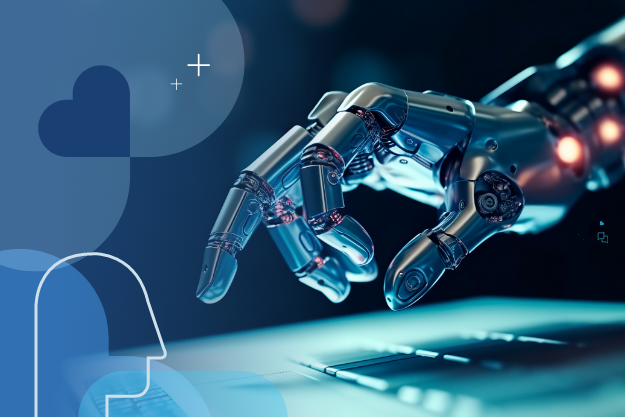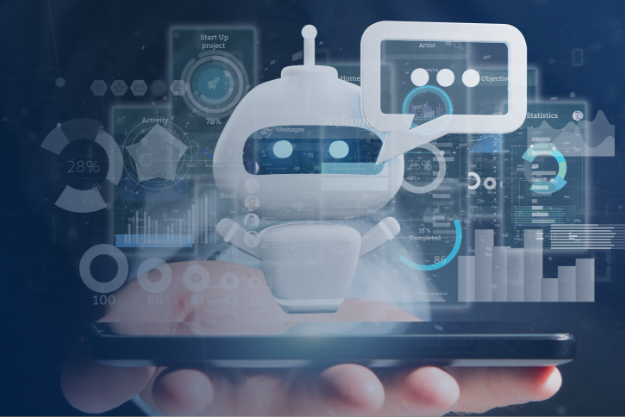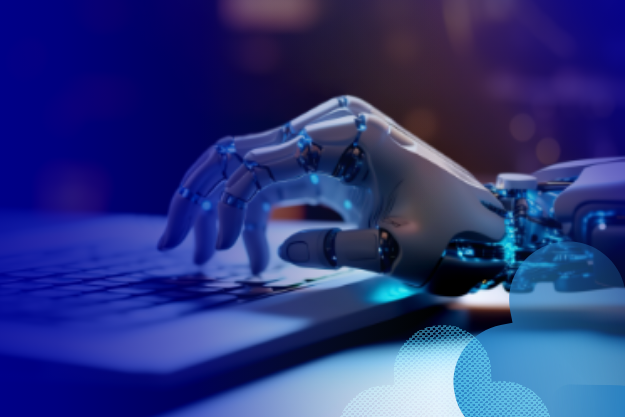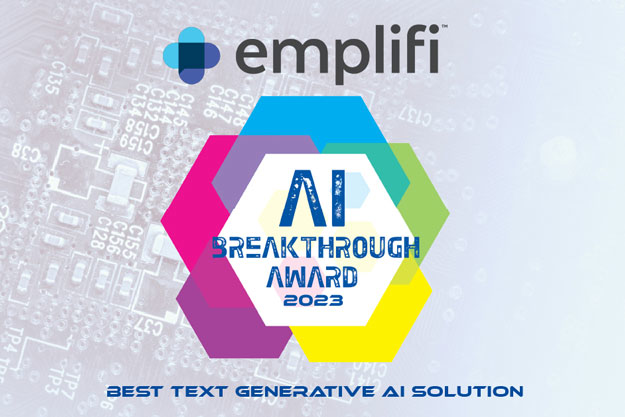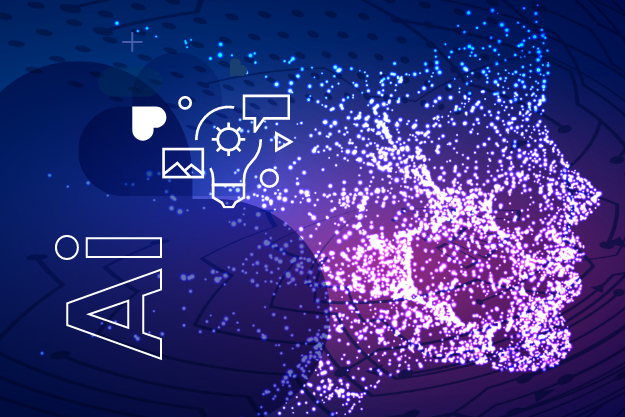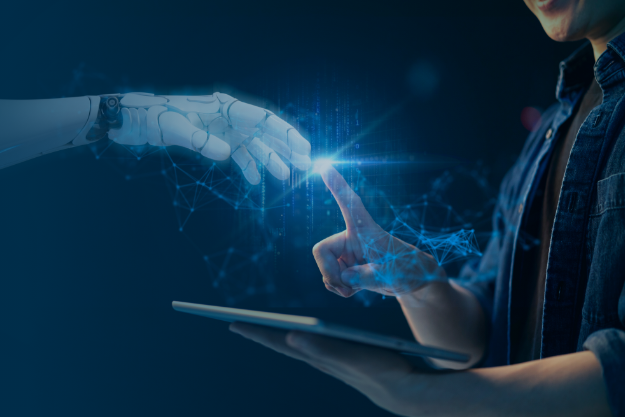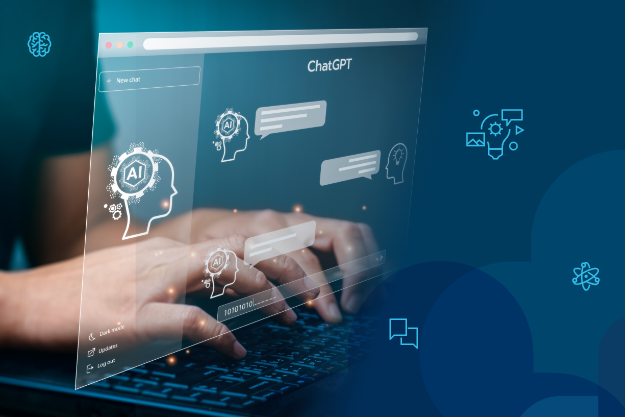As the buzz around Generative Artificial Intelligence (Gen AI) grows louder, many are left wondering: Will Gen AI truly revolutionize our world, or is it just another fleeting tech trend?
To answer this, let's journey through the past, examining the cautious steps enterprises took with previous technological revolutions and then learn through the emerging practices of forward-thinking business leaders to chart a potential path for Gen AI's integration into the business landscape.
A brief dive into past technological adoptions
The internet's slow dance
When the World Wide Web was introduced in 1991, it was primarily an academic tool. By 2002, less than 9% of the world’s population was using the Internet, while 9% of business in the US — which was, at that time, the most advanced Internet economy in the world — was conducted online.
Today, approximately 70% of the world’s population has access to the Internet, with this number rising to 92% in North America. During this same time, the percentage of business conducted online in the USA has risen to only about 27%. Globally, only 71% of businesses today have a web presence.
Factors like infrastructure costs, security concerns, and a lack of understanding about potential benefits made businesses hesitant. But as the benefits became undeniable, the internet's integration into business operations became inevitable.
eCommerce's steady climb
The 1990s saw the birth of eCommerce as we know it today. Yet globally, with 26.5 million eCommerce sites operating today, about 10% of businesses with an online presence also have an eCommerce presence.*
The COVID-19 pandemic in 2020 acted as a catalyst, pushing this number to historic highs in 2021. However, even with three decades under its belt, only a few enterprises have truly mastered profitable eCommerce.
With these historical insights in mind, how can we anticipate the trajectory of Gen AI in the enterprise world?
The emerging framework for Gen AI's role in business
Generative AI is a broad label that describes any AI that can be used to create new text, images, video, audio, code, or synthetic data. Gen AI algorithms learn the patterns and structure of their input training data and then produce new data with similar characteristics. While its potential is vast, its practical application in businesses is still in its infancy.
To successfully integrate Gen AI into the business landscape, leaders must understand the specific roles Gen AI can play in their business. Here is a four-phase, industry-agnostic framework emerging based on the practices followed by forward-thinking business leaders that can help structure your enterprise’s Gen AI journey.
A four-phase framework for Gen AI integration
Phase 1: Gen AI as a business automator
Start by letting Gen AI handle repetitive tasks. This frees up human resources and allows teams to familiarize themselves with the technology. However, the foundation of this phase is robust data integrity. Without accurate data, Gen AI's outputs could be flawed.
Here is how it is already being used as an automator by businesses:
Make business communication efficient: Gen AI automates drafting emails, such as suggesting subject lines, greetings, or sign-offs, based on the context and tone of the message, thereby making business communication more efficient. This efficiency is further underscored by a recent study where professionals using ChatGPT completed writing tasks faster by 37% and achieved higher grades, demonstrating the transformative potential of AI in enhancing productivity and bridging performance gaps.
Enhance customer service: Gen AI automates responses to customer queries, such as providing information, resolving issues, or booking appointments, using natural language generation and understanding. Recent research indicates that customer support agents using Gen AI tools saw a nearly 14% increase in productivity.
Improve content creation velocity: Gen AI automates content structures, such as headlines, outlines, or summaries, based on the topic and purpose of the content.
Phase 2: Gen AI as a business assistant
Think of Gen AI as a co-pilot. It can assist in complicated business activities covering sales, marketing, and product development. The key to success here? User-friendly interfaces. If Gen AI tools aren't intuitive, their adoption as assistants will be limited.
Typical use cases in vogue are to:
Boost marketing and sales performance: Gen AI assists in tasks such as audience segmentation, content creation, lead generation, and customer retention by using advanced algorithms to leverage patterns in customer and market data. Research indicates that organizations that have invested in building these capabilities are seeing a revenue uplift of 3-15%.
Improve employee enablement efficacy: Gen AI can auto-generate reports, quizzes, or feedback for employee enablement based on their learning objectives and progress.
Enhance product development: Gen AI assists in the design and testing of new products, such as software, hardware, or electronics, by exploring many possible configurations and optimizing them for performance, quality, and cost.
Phase 3: Gen AI as a business partner
Here, Gen AI becomes a collaborator. It can brainstorm alongside human teams or propose multiple solutions to complex problems. The emphasis should be on collaboration, not replacement. Training teams to view Gen AI as a partner ensures human creativity remains at the forefront.
The critical use case currently in practice is around Collaborative brainstorming: Generative AI can combine or merge complex, interconnected business ideas to produce much stronger ones.
Phase 4: Gen AI as a business advisor
In this phase, Gen AI dives deep into data analytics, suggesting operational efficiencies and creating the platform for guiding the success of business initiatives. The catch? Continuous learning. Gen AI models need regular updates to stay relevant for performing as a true decision support system. Typical use cases are to:
Inform business strategy in real-time: Gen AI interprets data and analytics, suggests efficiencies, or predicts business initiative successes (such as the success of a marketing campaign) based on the objectives and constraints of the business. For example, according to McKinsey and Company, Gen AI can offer retailers and CPG companies “many opportunities to cross-sell and upsell, collect insights to improve product offerings and increase their customer base, revenue opportunities, and overall marketing ROI.”
Create design alternatives: Gen AI can explore many possible designs of an object, such as a product, a logo, or a website, to find the best match based on the requirements and preferences of the user.
The gradual adoption curve: A reality check
While the strategic framework for Gen AI integration offers a simple — and hopefully — clear path forward, it's essential to recognize that widespread adoption in enterprises will be gradual. Just as businesses took time to fully embrace the internet and eCommerce, the integration of Gen AI will require time, resources, and a shift in organizational mindset.
Enterprises often move at a measured pace, balancing the allure of innovation with the practicalities of implementation, risk management, and return on investment.
The potential of Gen AI is undeniable. However, its success in the business world hinges on a clear understanding of its roles and a structured approach to its adoption. By learning from the past and focusing on the future, businesses can ensure a harmonious and productive integration of Gen AI.
*This is an estimate based on the following findings:
There were 333 million companies worldwide in 2021, per Statista
71% of businesses today have a web presence, as reported by Forbes — referencing the finding above, this translates to about 226 million companies having a web presence.
26.5 million eCommerce sites are operating worldwide today, per a study by Markinblog
As a proportion of total companies having a web presence (226 million), 26.5 million eCommerce sites translates to just under 11% of all companies having an eCommerce presence (assuming each company has only one eCommerce site)













